Watershed middle schoolers know that their Expedition courses are just that: exploration that pushes them to learn within the real world and beyond the classroom. Eating Dirt, a science Expedition class asks the essential question, “What is soil and how does this often overlooked resource impact our ecological and anthropogenic communities?” This question corresponds with the essential question of its companion course, Culture on a Plate, which asks, “How does food reflect and shape our histories, social and economic statuses, and values?”
While each of these courses requires important work in the classroom like soil analysis and understanding the carbon cycle, Eating Dirt participants also have the opportunity to get their hands, well, dirty, through fieldwork projects like:
- Studying soil formations, erosion, and sedimentation around Boulder Creek with a geomorphologist from the University of Colorado Geography Department;
- Sampling soil from Lower Gordon Gulch to measure sand, silt, clay, and phosphorous composition;
- Visiting local farms that specialize in regenerative agriculture.
Educator Ethan Burns hopes to impart upon his Eating Dirt students how this is truly Work That Matters in the fight against climate change: “Using soil to evaluate carbon content in the environment is a more tangible way for kids to learn than just studying what makes up our atmosphere. We study soil because we know that in the last 50 years, conventional farming practices have reduced nutrients so greatly that most of our productive soils have been eliminated. It’s estimated that we are likely to run out of quality top soil in the next half century, destroying the adequate carbon content we need to filter water and grow food. If we discover ways to increase carbon content in the soil by 1%, we can increase soil’s ability to hold and store water, which is critically important where we live.”
Seventh grader Evynne says that she looks forward to doing even more fieldwork and labs. “I loved the Boulder Creek fieldwork. I really love learning about biogeochemical cycling, drawing diagrams, and going into the details about how it relates to climate change.”
Similarly, while Culture on a Plate students will read Michael Pollan’s The Omnivore’s Dilemma in the classroom, they will also deepen their understanding of these concepts through fieldwork with the Boulder Museum, the Harvest of Hope food pantry, and several local restaurants.
The knowledge acquired from both of these courses go hand-in-hand: ecological balance is required for proper growth of food, and the nutrition to which we have access varies across regions, socioeconomic status, and culture. Seeing this overlap in authentic scenarios drives Watershed students to be genuinely curious about how these concepts impact their lives and the lives of others.
Culture on a Plate’s recent fieldwork at Boulder’s Harvest of Hope food pantry helped educator Pete Moravetz’s students dig deeper into these ideas. Pete remarked, “Our class visited Harvest of Hope to learn about how Boulder County addresses food insecurity with an emphasis on fresh produce. By helping pack food crates, Watershed students wanted to help bolster a deeper sense of belonging for each and every member of our community through increased food accessibility.”
With more field experiences like these on the horizon, Watershed middle school students will get plenty used to seeing the real-world impact of their work.





